What is Phasmophobia, and the Variety of Ghosts

October 28, 2022
The prefix of phasmophobia, or the fear of ghosts, comes from the Greek word “phasma”, which means “apparition”. Ghosts are another staple of horror media, and telling ghost stories is both a common trope in horror fiction and something people do in real life. While the reality of ghosts is a split belief, the forms they take and what they do in the real world is an expansive topic.
Ghosts go way back to ancient Egyptian times with the same basic characteristics we see in generic ghosts today. When someone died, a ghost formed with their same personality and memories and moved on to the netherworld, where they would be given a position (to work) and live similarly to how they did in life. People could give offerings to those who passed to improve their conditions in the afterlife, and ghosts who did not receive anything could go back to the real world to torment people.
Over time, our concept of ghosts and spirits have evolved as they go through different cultures and iterations of ghost stories. There is, of course, the typical lingering spirit that usually comes about as a result of unfinished business; poltergeists, malevolent ghosts able to violently move things like furniture; the banshee, an Irish spirit taking the form of a mournful, screaming woman warning of impending doom; La Llorona, a Latin American ghost who is said to wail at a riverside and attack those who interact with her; and many more.
Ghosts are widely used as a tool of horror in different forms of media such as horror movies and games, ghost stories, and paranormal investigator shows. One of the most popular games around this time in 2020 was Phasmophobia, a ghost hunting game often streamed on Twitch and YouTube. In that game, the player character(s) is sent to a location either by themselves or with 1-3 other people with the goal of identifying the type of ghost that resides there. Each type of ghost has a certain combination of noticeable paranormal activity, and the player’s job is to survive while identifying three unique instances of ghost activity and matching them to a ghost type listed in the book. The game is still popular in 2022 with tens of thousands of players.
In the real world, many people interact with ghosts in their regular life.
Rey Clenney (11), who is invested in topics regarding the astral, describes ghosts as “people who have passed away and are either visiting this world, or they can’t find their way to the afterlife. Usually they’re not that scary … they kind of just coexist.”
The portrayal of ghosts in popular culture is apparently very different from their actual nature, according to Clenney. Regarding paranormal investigator shows, he describes them as “just like rude to them [the ghosts] or not accurate in the goddamn slightest … they’re wrong, very incorrect … [they’re] disrespectful, these are people.”
Evidently, ghosts are typically much less dangerous to people in the real world compared to their story counterparts. They tend to simply wander or linger in certain places, at worst carrying a sad feeling around with them from when they died. Clenney describes the site of a plane crash from when they were younger as feeling very “empty and lost” as a result of the pilot’s ghost.
People are scared of ghosts mostly for the same reasons they might be scared of the unknown; not knowing or understanding an assumed threat makes it very hard to protect against, and ghosts usually aren’t visible. Faced with an invisible assailant that is usually faster than you with the ability to fly would likely make most people wary. There’s also the fact that the ghost is dead, and people usually don’t like the idea of there being a dead person in their home. Of course, ghosts aren’t always scary, as shown by those who interact with them, along with shows depicting more amicable ghosts like Casper the Friendly Ghost.
Overall, the simple concept of ghosts is something that denotes a wide variety of spirits and specters taking various forms throughout different cultures.



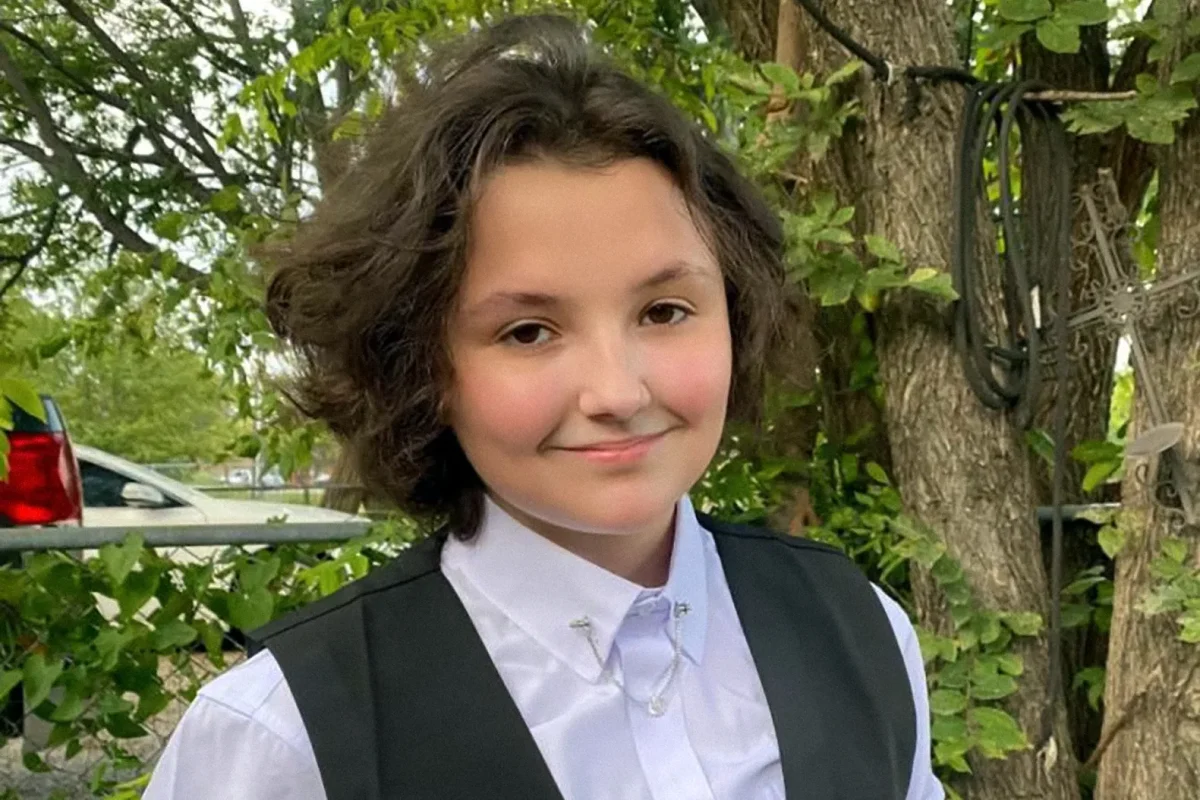


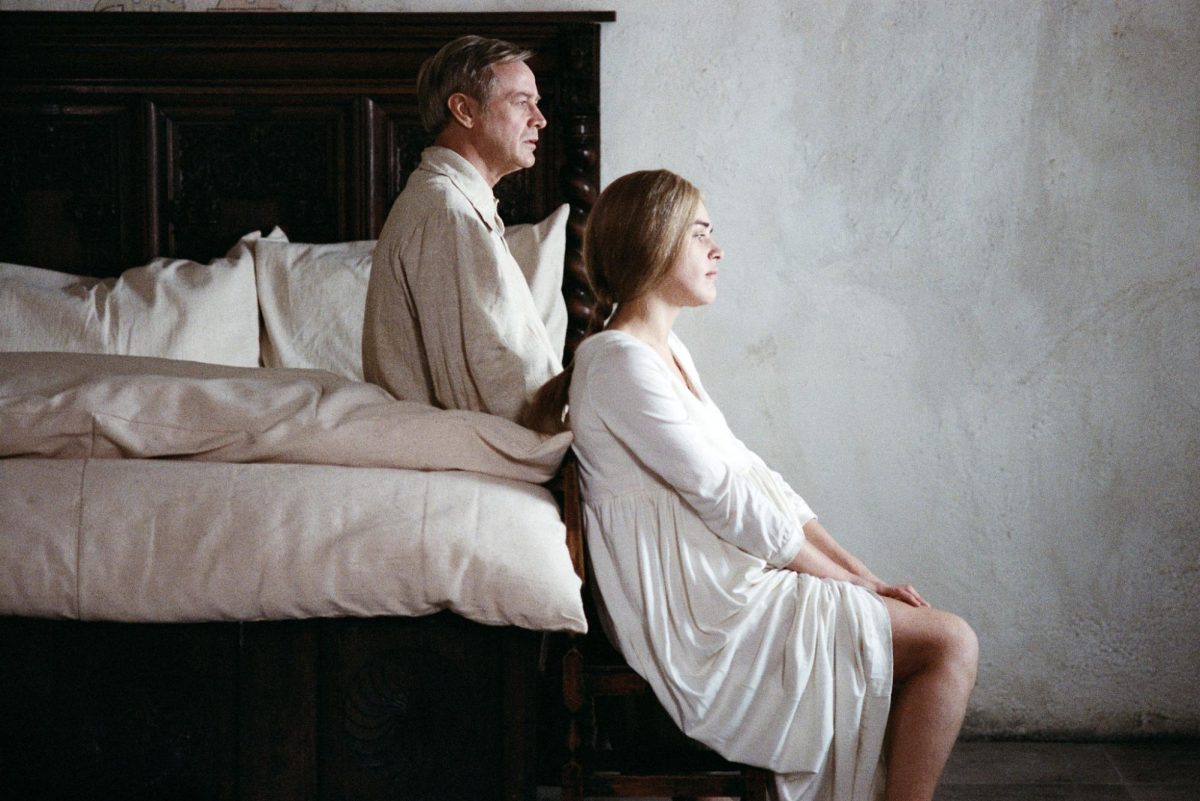

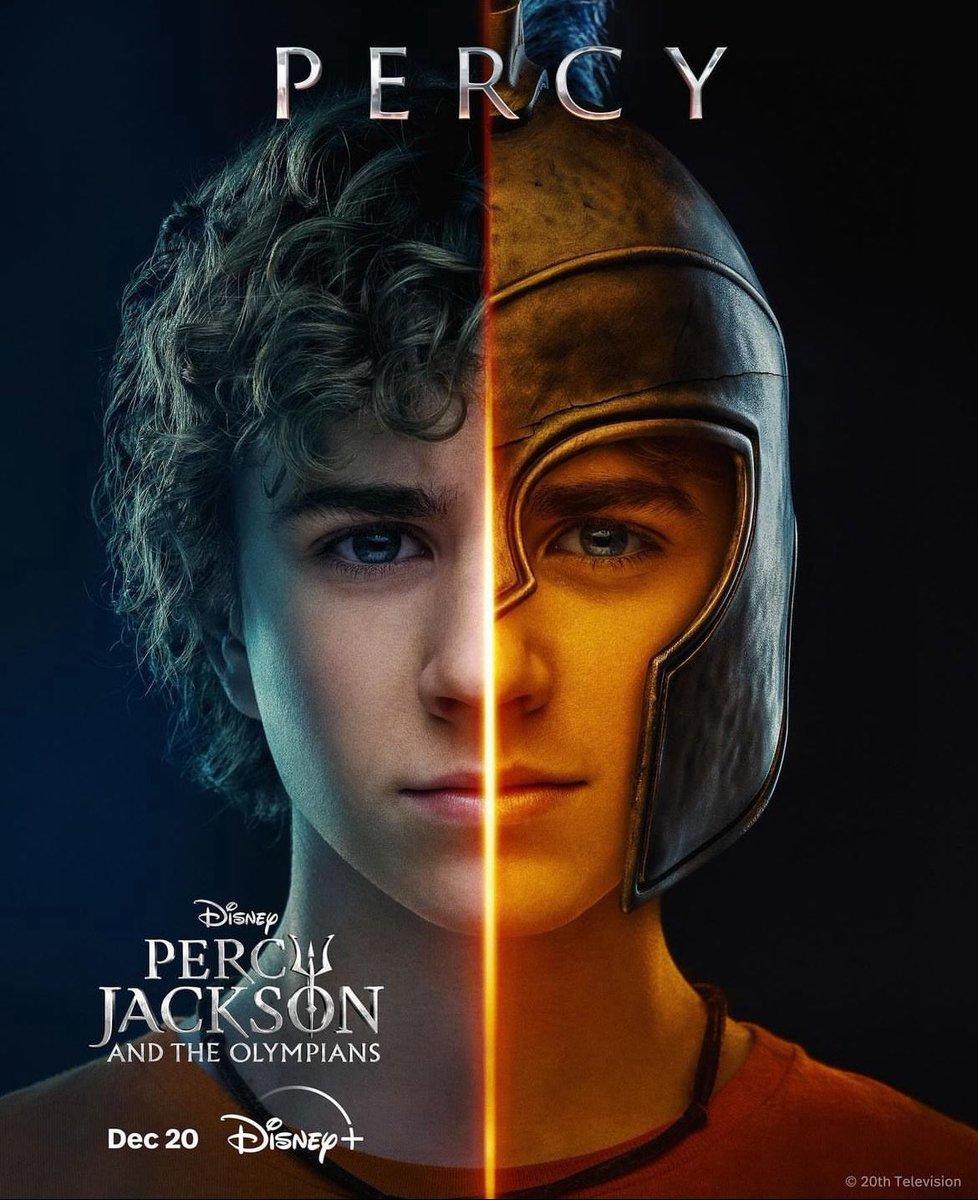
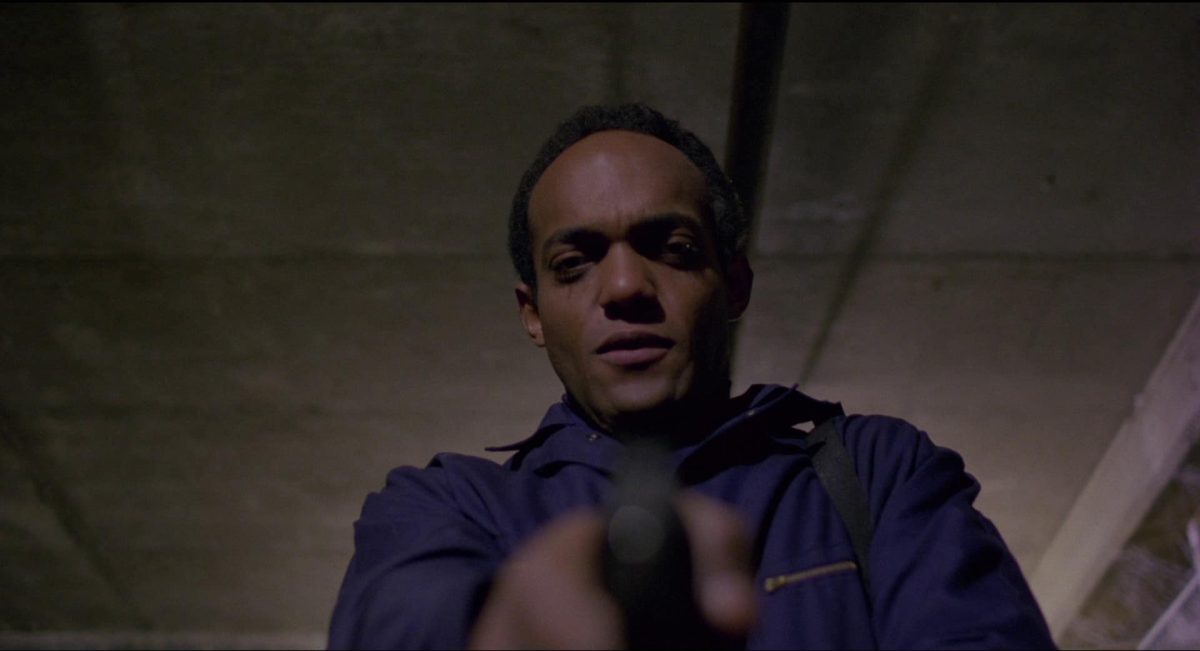


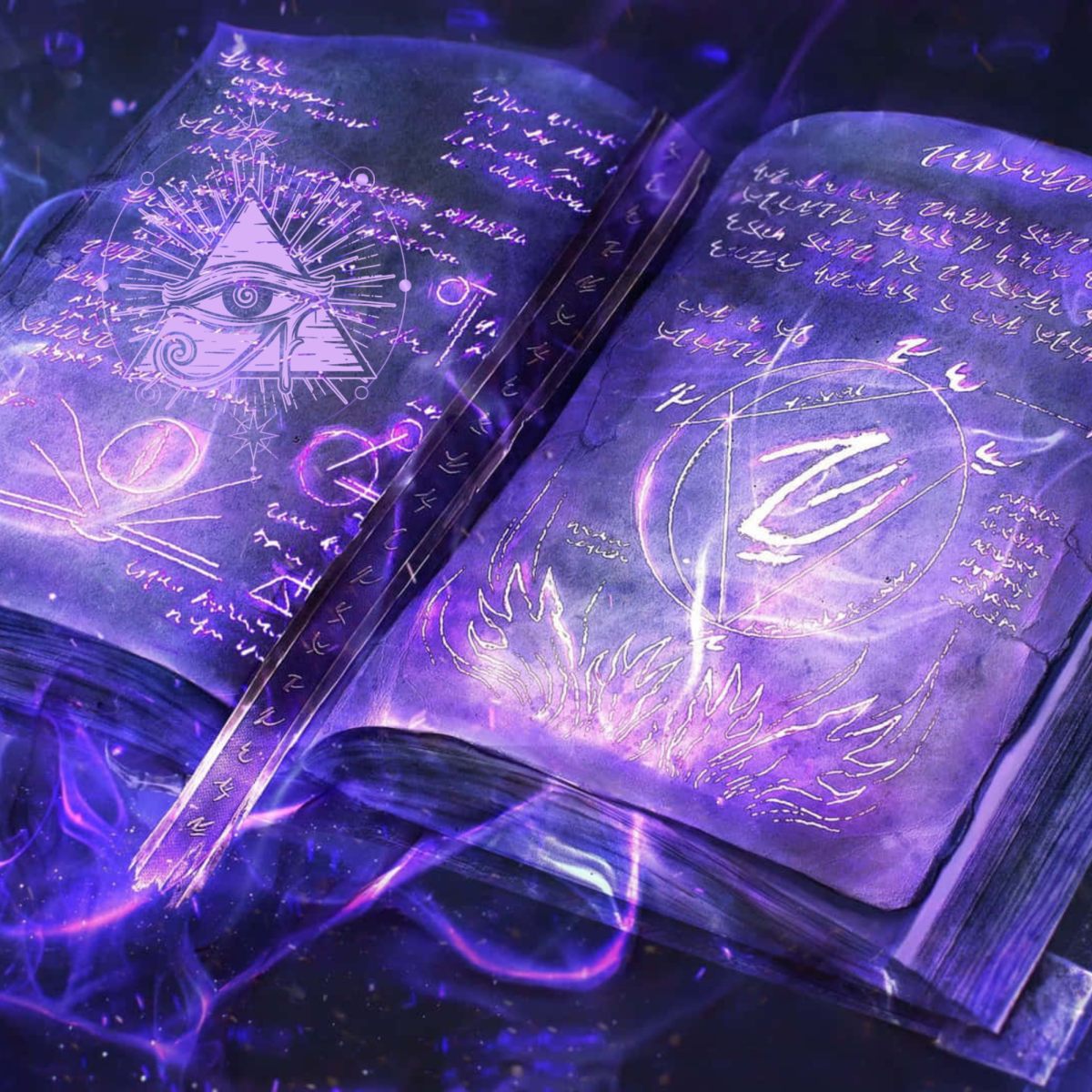


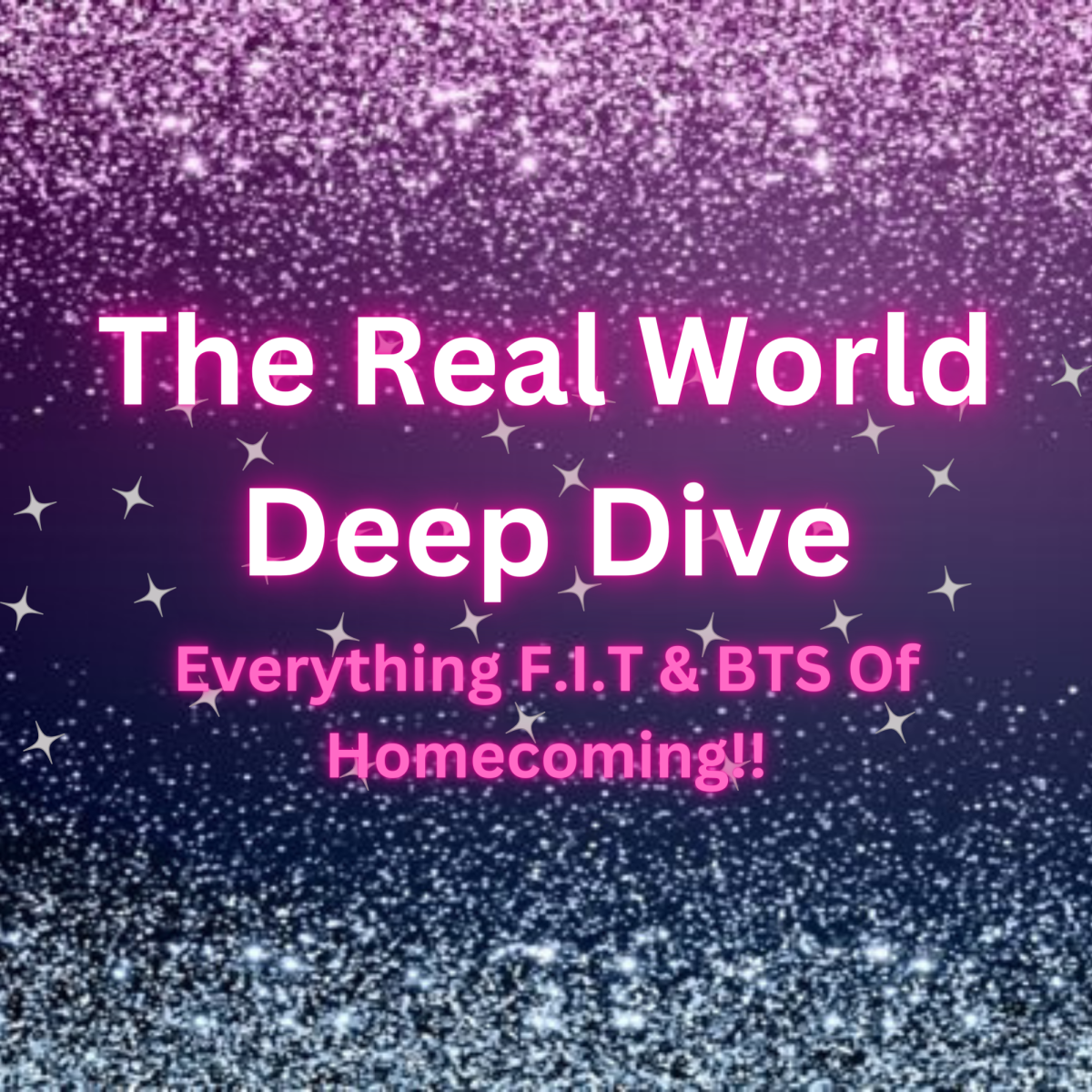
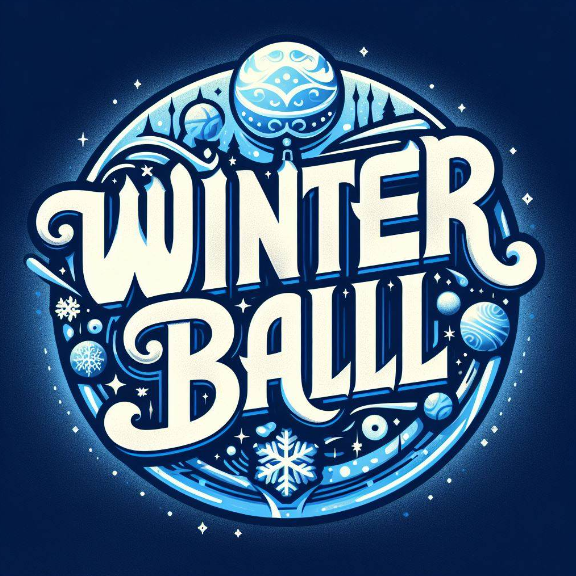


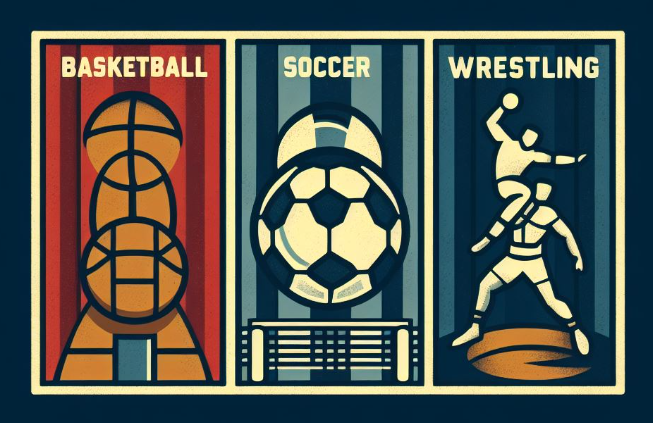




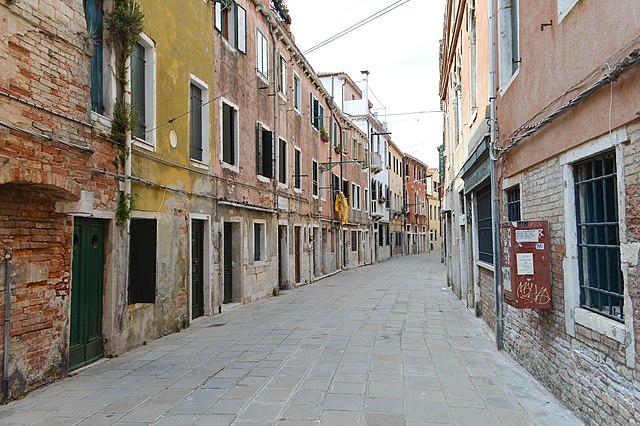
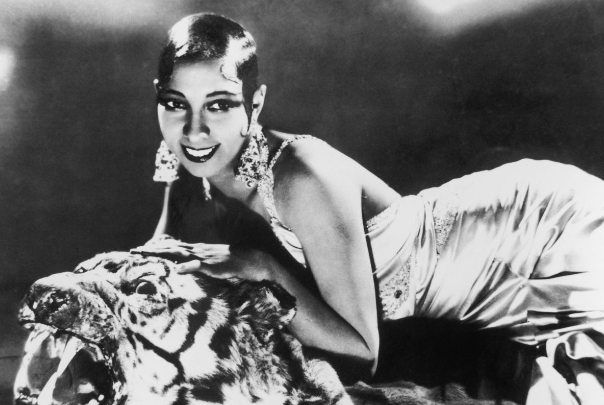

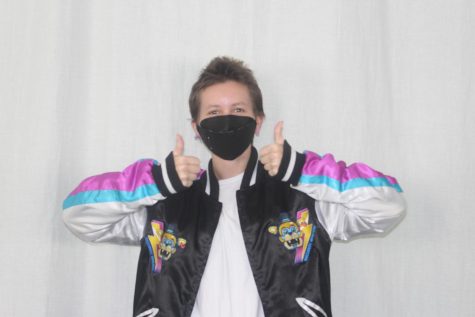
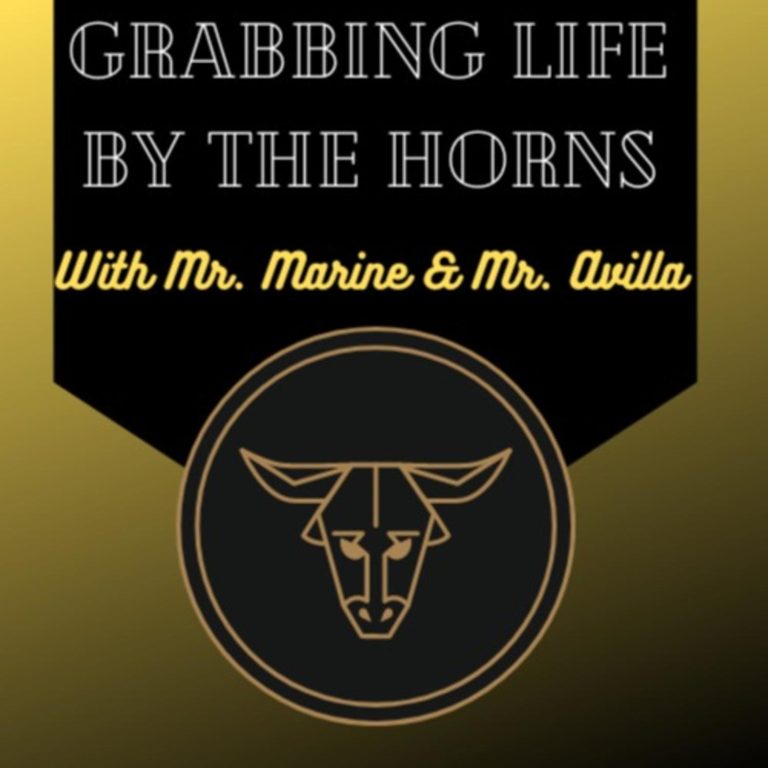

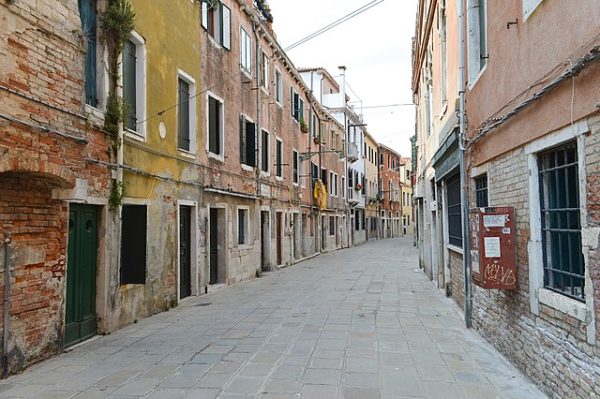
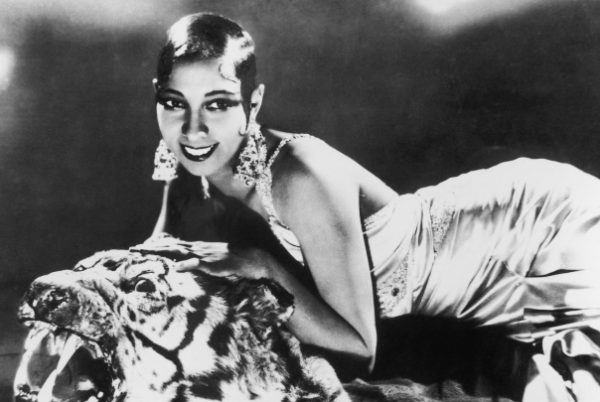



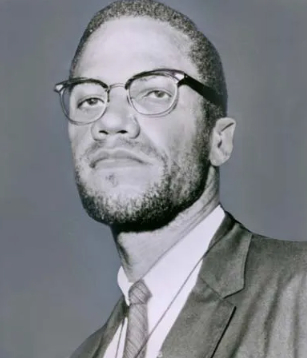
Emma • Jan 30, 2023 at 1:21 pm
Cool article, didn’t even know this phobia existed.
Reychelle • Dec 6, 2022 at 11:30 am
Good article! I loved reading about it, and I’m a huge fan of horror so this article was a joy for me to learn more about.